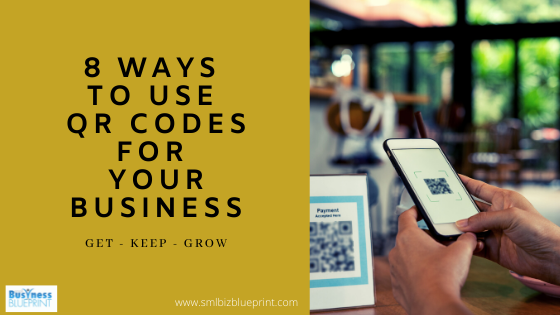Insert Image
One of the key outcomes of the COVID pandemic has been the acceptance of people to use QR codes for a variety of activities from entering premises, to checking in and ordering products.The pandemic revived the need for touch-free solutions. QR codes resurged and are now being used for contactless payments, contactless delivery, and contactless pickup among others.With acceptance levels high now is a good time for businesses to use the QR codes more and more in their marketing activities.
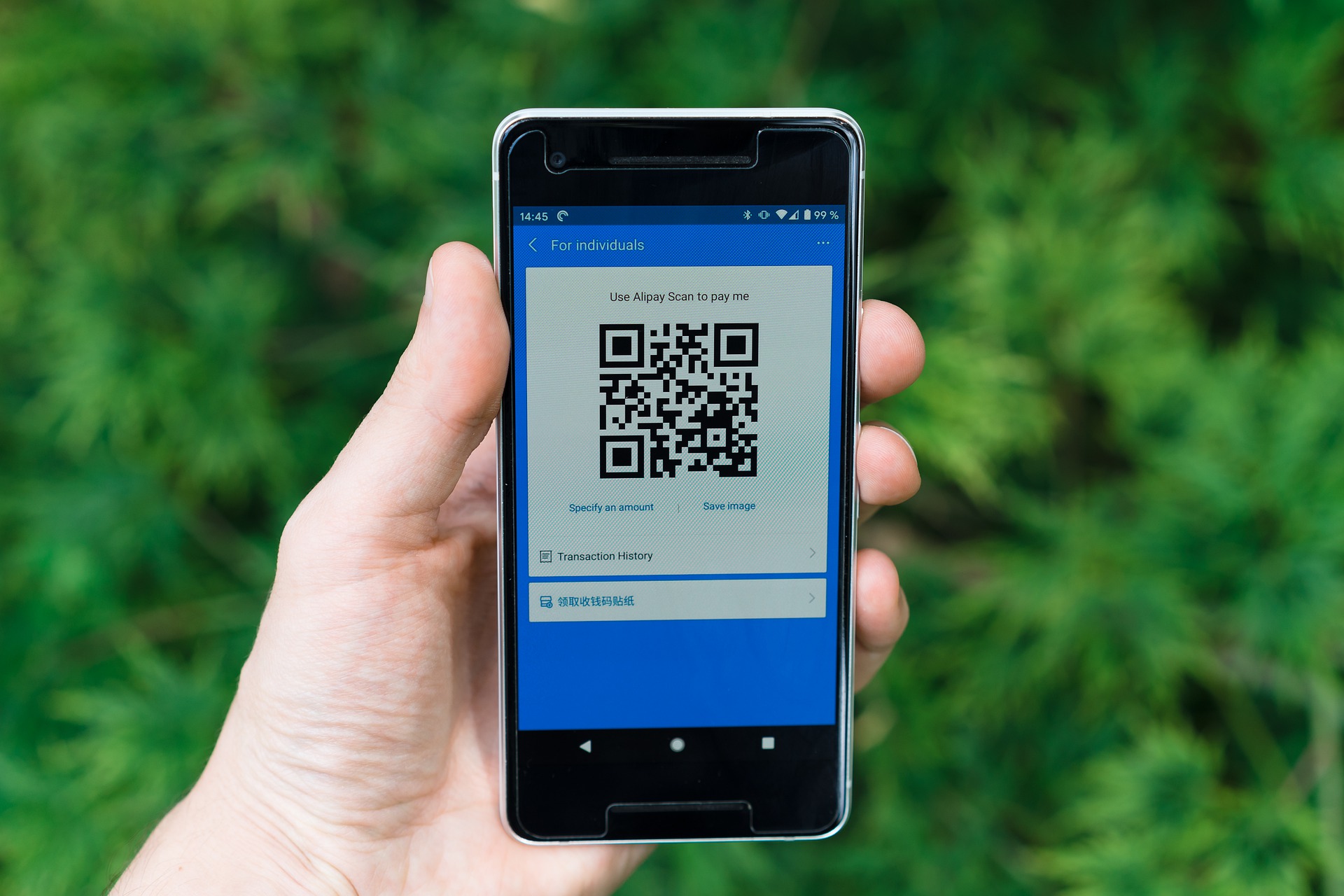
QR codes are quick to use, give people quick access to services and products and can auto fill crucial information for both the user and the company.
Over the years, QR codes have become a vital and easy-to-use marketing tool. They are beloved for their versatility, as they can fit virtually any marketing campaign. Modern QR code readers also help companies reach their target customers.
QR codes promote interaction and engagement through the mobile phone. This type of marketing strategy enables businesses to transfer information to the user. People like things to be instant and fast so QR codes can help you provide this service.
One thing to remember is that QR codes are designed to be used by people with their mobile phones so you have to ensure they can be scanned easily and quickly by a mobile phone. Placing them on t-shirts, large signs etc are probably not a smart way to use QR codes
Why Use QR Codes
QR codes are valuable because they provide a direct, immediate link to your website, giving you opportunities for your customers to engage with you.
Your QR code can be used for something as simple as providing contact information or event dates and product descriptions, or you can plug entire special promotions and sweepstakes, coupons, and even online polls.
There are no limits to what you can attach to a code, basically anything that you can display on the web can be linked by a QR code.
The codes are easily accessible, incredibly low cost, and can be applied universally across a variety of platforms. They can reach your audience at any time, in any place. There are also no middle men involved, just you and your customers.
The success of your QR code (which remember, took almost no time or expense to create) can easily be measured. You can use analytical tools to see how much web traffic was generated by your QR code. This makes the success of your campaign incredibly transparent and traceable.
Today QR codes are used a lot to give a digital dimension to a product or flyer that leads to a URL.
Since they are editable and size adjustable, they promote identity establishment, are material cost-efficient, are safe and secure, and are relatively easy to use nowadays. They can be used for WiFi access, product packaging, advertisements, business cards, promotions, and discounts.
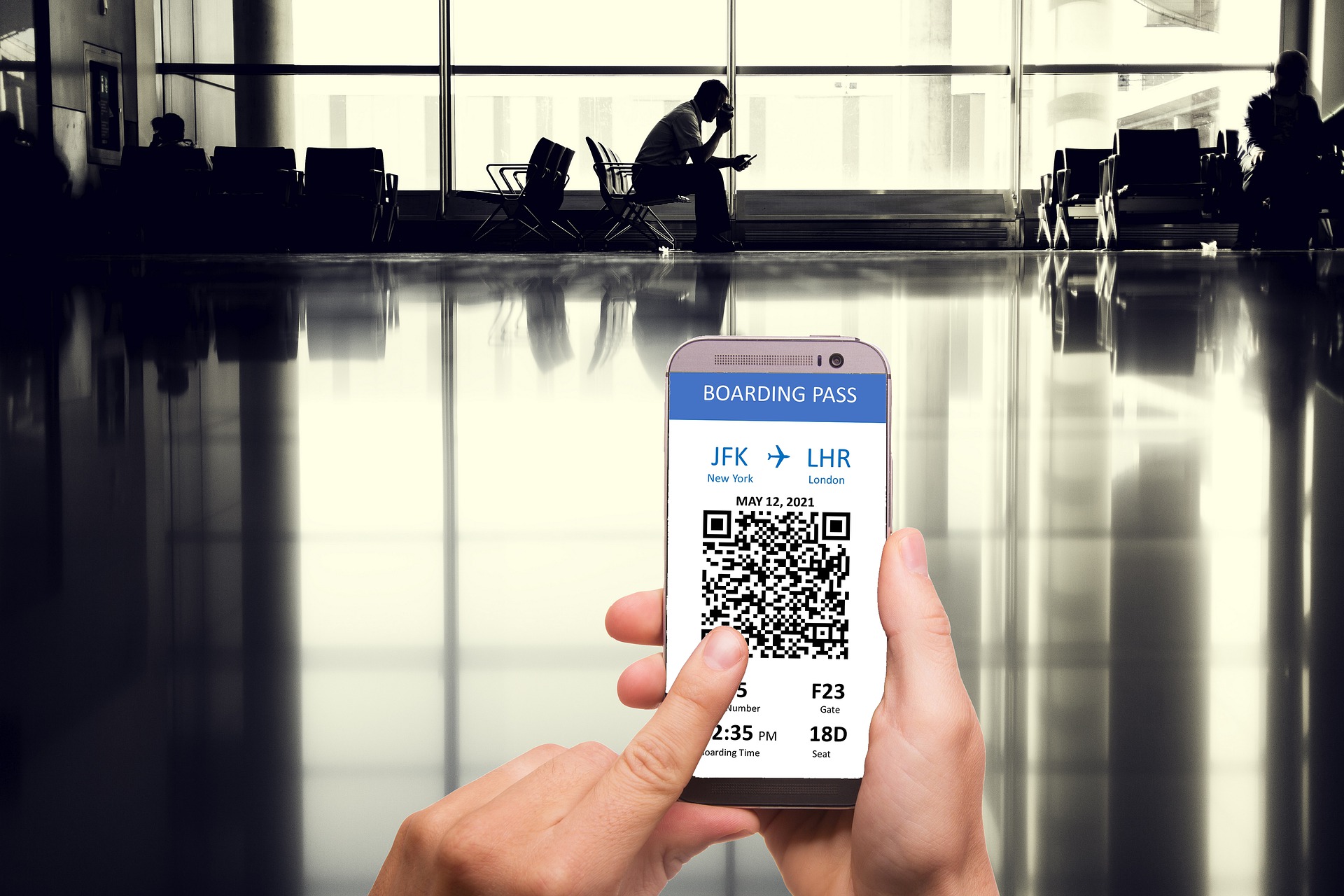
How To Use QR codes in Your Business
1. Provide Service to customers
- Direct customers to a landing page/website
Scanning a QR code can lead to a signup page or any landing page/website.
This removes the hassle of going through the process of accessing the website and navigating your way around the page.
Make sure that you use a unique URL matched with your QR code to measure it accurately.
- Helpful for call to action
QR codes can easily be linked to stories about products, videos, tweets, website landing pages, audio commentaries, and trailers.
You can attract people by creating the call-to-action text message and having it embedded with these codes. Examples of calls-to-action are ‘Email us’ and ‘Call us.’
The great thing about QR codes is that end users can scan the code and call or email automatically.
- Encouraging prospects to make a purchase
QR codes can also be used for e-commerce.
A QR code can trigger the action of adding a certain item to the shopping cart.
Also, you can link them to landing pages to exchange information for a discount or a gift.
2. Dial your business number
- In business conferences, you’ll surely engage and interact with a crowd.
If you use QR codes for your booth or station, then interested business partners can just scan the code and receive your business details such as your business contact number.
Sometimes, you can even tweak the QR code to dial the number on the receiver’s phone directly.
3. Send a message
- This is exciting because the user will only receive the message once the QR code has been scanned. Sending messages through QR codes benefits SMS marketing the most. It can be used for sales, user support, on-request product upgrades, and opt-in SMS registration.
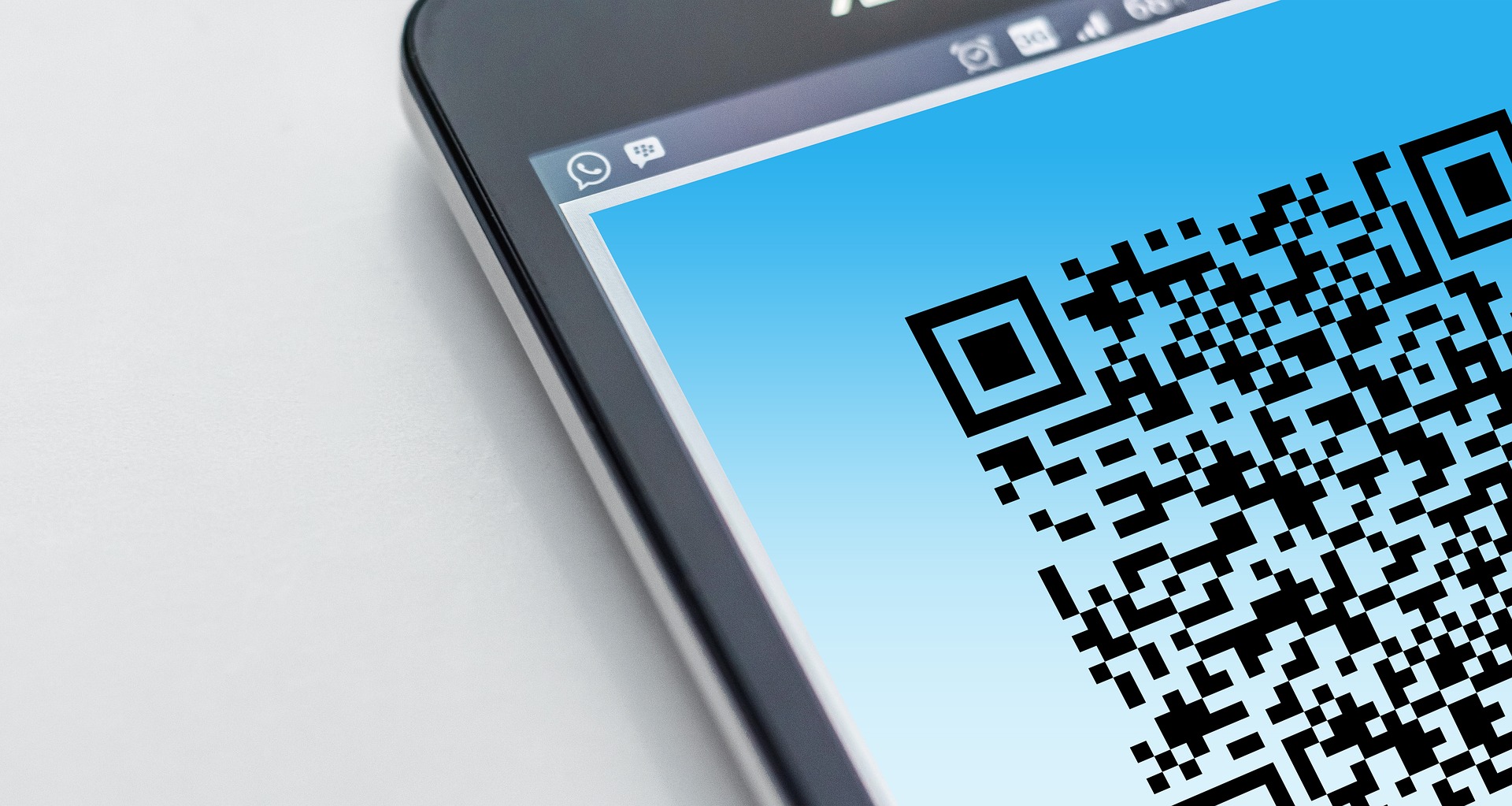
4. Send an email
- Much like sending messages, QR codes for sending emails will help you read and monitor data for newsletters, email marketing, and your email’s performance rates (e.g. open and bounce rates).
- Aside from that, the user can also continue reading the said the email on his mobile phone by scanning the QR code. In this manner, your email will be accessible on any platform.
5. Direct customers to social media pages
- As an example, if a user liked your product or service so much, they can follow your social media pages for more updates. Sometimes, they can even score a discount or promo if they followed your social media through that same QR code.
6. View business location
- If your website visitor wants to drop by your office, they can just pull out their phone and scan the QR code on your website. Instead of manually searching for the address on online maps, the QR code can give specific directions to your business location.
7. E-Commerce uses for QR codes to:
- Let customers get more information about your product, or scan the code to checkout no matter where they are.
- Place QR codes around your physical retail store that customers can scan to get more details about your products or view additional variants.
- Add QR codes to your window display to make it buyable.
- Add QR codes to your product packaging so your customers can re-order by scanning the code.
- Add discounts to QR codes to incentivize purchases.
8. Visual Marketing
- Essentially anywhere you have visual marketing, you can add a QR code.
- You can easily add them to your product listings on your website, so shoppers can pull contact information directly to their phones.
- You can add them to your business cards so anyone you leave it with can easily access your website. Put them on your flyers, posters, invites, or any other print advertising.
- You can even add them to your social media pages on Facebook, Twitter, and Instagram, and more.
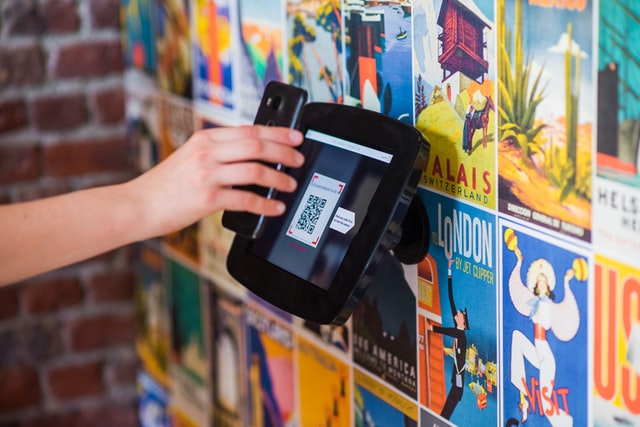
Making Clearer Calls-to-Action on Physical Items
Right now, most QR codes on items like brochures or consumer packaged goods look like they were slapped on as afterthoughts.
And they often fail to provide clear indications as to where users will be taken after scanning it.
Consider the QR codes in Japan subway stations designed like Disney character faces. One that Zara displayed in a retail store window emblazoned with the word “SALE” to alert passersby exactly what they’re getting out of scanning it.
Extending QR codes beyond a simple black-and-white box with a “Learn More” CTA is one of the first ways in which QR codes can evolve to be more consumer-friendly.
Creating Personalised Landing Pages
Dynamic QR codes give marketers the ability to use the same physical QR code, but they direct the people who scan them to different campaigns, based on several variables, like location, time of day, or day of the week.
An example could be a QR-code-based menu affixed to the door of a restaurant, and then to imagine that scanning it in the morning yields a breakfast menu, scanning it in the afternoon yields a lunch menu, and scanning it in the early evening yields a happy hour menu.
The ability to do that seamlessly, without the need for you to be able to intervene, is what dynamic QR codes do
You can make it relevant and personal to people.
Depending on the scanner’s location, QR codes also have the ability to direct people to one of several geographically tailored landing pages.
And if the consumer has scanned a QR code from a particular brand already, on the next scan, they can be taken to a segmented page that’s populated with information they’ve already given.
For example, shoppers who haven’t bought from the brand in the previous 90 days can be taken to different pages than shoppers who bought something from them last week.
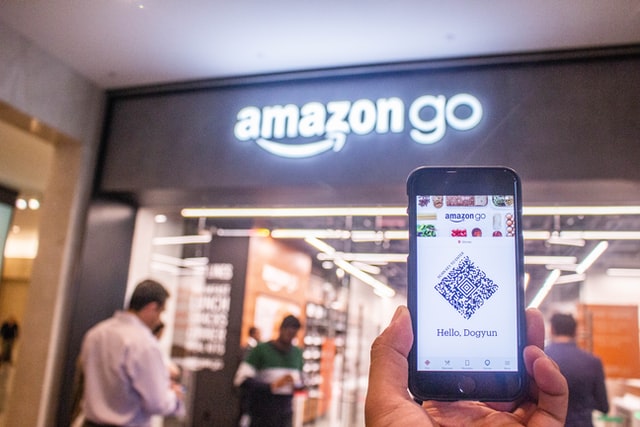
Integrating With Search and Social Ads
Although QR codes can’t be used to identify individuals on the initial scan, they can be used to take note of specific devices used in specific locations data which can be integrated into Google and Facebook ads
If a person scans a QR code on the back of a bottle of Nestle water, it’s possible Nestle ads could target their device next time they use it to log into Facebook or Google.
QR Code Marketing Best Practices
The best practice for QR codes, like any marketing channel, is to add value.
Make sure each QR code leads directly to the source of value (promotion, checkout, etc.) and requires as few clicks as possible.
This is powerful in the marketing sphere because it removes barriers that inhibit users from acting on their interests and spending time learning about your company.
To ensure your QR strategy is successful, ensure your data management structure captures any QR code interactions so you can incorporate this behaviour into personalising the consumer’s journey through other channels.
- The QR code should be of a decent size, so scanning it is easy
- You should put your QR code in every relevant and convenient place
- Provide additional information below the QR code
- Give people an alternative way of accessing the information on the QR code
How To Use Google Analytics to Track QR Code Visitors
Creating QR codes for an online marketing campaign is easy as there are countless resources online to assist you in creation, execution and analytics.
But getting all those stats to display neatly and in the right place can be a little confusing.
So how would you set up tracking in Google Analytics for your QR Code campaigns.
Let us say you wanted to drive traffic to a microsite through QR codes that were integrated in a print campaign and various POS materials.
In order to gauge how successfully different content drove traffic, you need a simple way to track the QR links in Google analytics.
To do this, we chose to use Google’s “Campaign” feature. This feature allows you to create custom URLs with information embedded in them to track the following:
Campaign source – e.g. QR Code
Medium – catalogue or banner
Term- used for paid keywords, not mandatory
Content – not mandatory, used for A/B testing.
Use “content” to differentiate ads or links that point to the same URL.
Name – name your content for testing here.
E.g. you have two posters, one with a picture of a couple and one with a family. Put in a name that will help you differentiate between them in here
Done correctly, all visitors that use the Google URL to access the content will show up in the Campaigns section of GA neatly nested under the “Names” of the campaigns. E.G. Santa or Christmas tree.
We combine this with the QR code by embedding the Google URL into the QR code.
You can also combine redirects with Google URLs to track direct visitors (e.g. who type in an address).
Things To Avoid
The reality is that while there are endless possibilities to engage with clients through this method, it’s essential to keep in mind that for them to be effective, they have to be done well and be suitable for your business type.
Whatever the purpose you use them for, the landing page you send your customers to should be mobile friendly. After all, your audience will be using their mobile devices to ‘activate’ the image and browse through the landing pages.
Additionally, you should also avoid placing these links on anything that is constantly moving, like clothing and vehicles, as it will make it too difficult for people to scan.
It’s also highly ineffective to place them in hard to reach areas like billboards and online, where they can’t be scanned well.
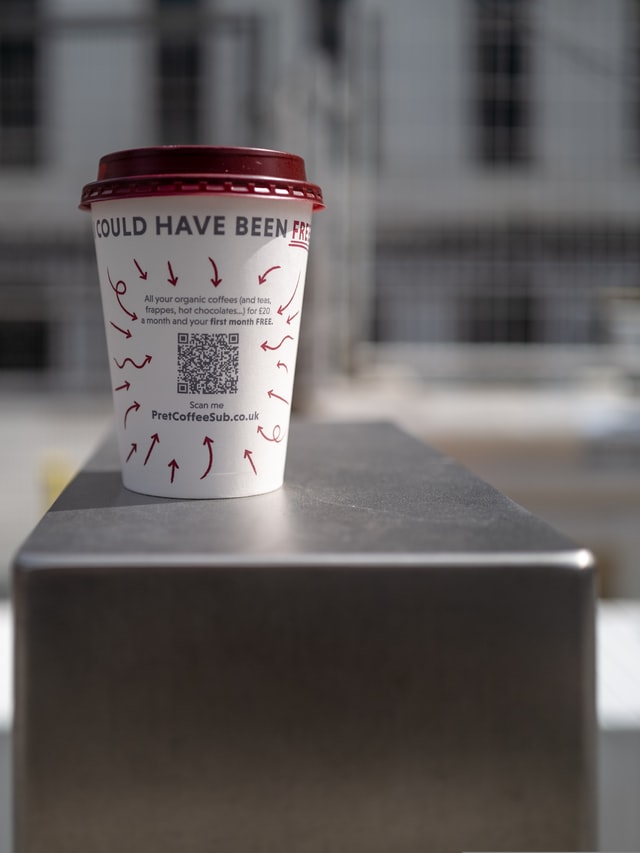
QR Code Advantages
This type of tool will not only help build your customer base, but there are also a number of other benefits for your business.
Those who are conscious about our environment and work towards sustainable marketing, this is an environmentally friendly way to proceed.
In essence, less text means less printing, so you’ll be saving costs and resources, which means less strain on the environment.
They’re also super user-friendly, which means it’s a versatile form of engaging a range of age groups with your company. Sending users directly to your phone number, website, promotions, etc., means less time spent searching for your information.
This is a big tick for customer satisfaction, especially those who aren’t confident with technology.
Lastly, this strategy’s effectiveness is easily measurable using analytics, so you’ll be able to collect information like the number of scans over time and the geographical areas where the scannable images are most effective.
This can help you learn what is and isn’t working for your business, allowing you to invest in the right places to get a return.

